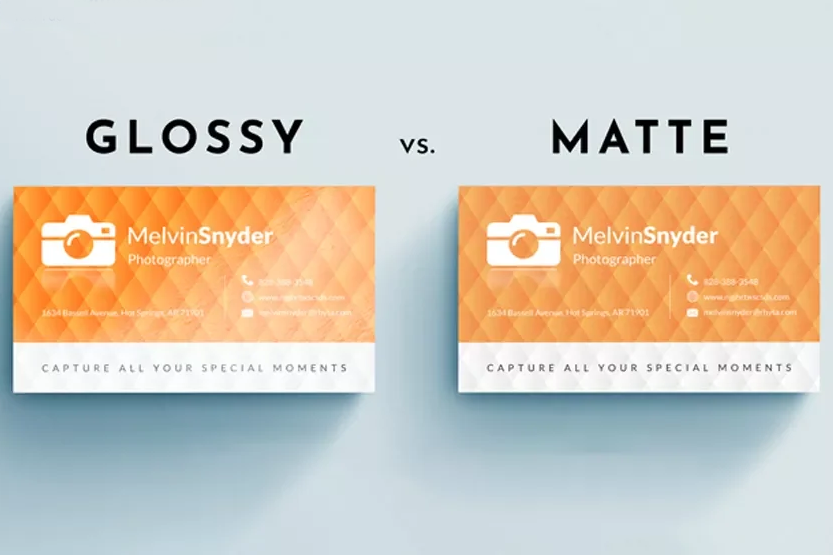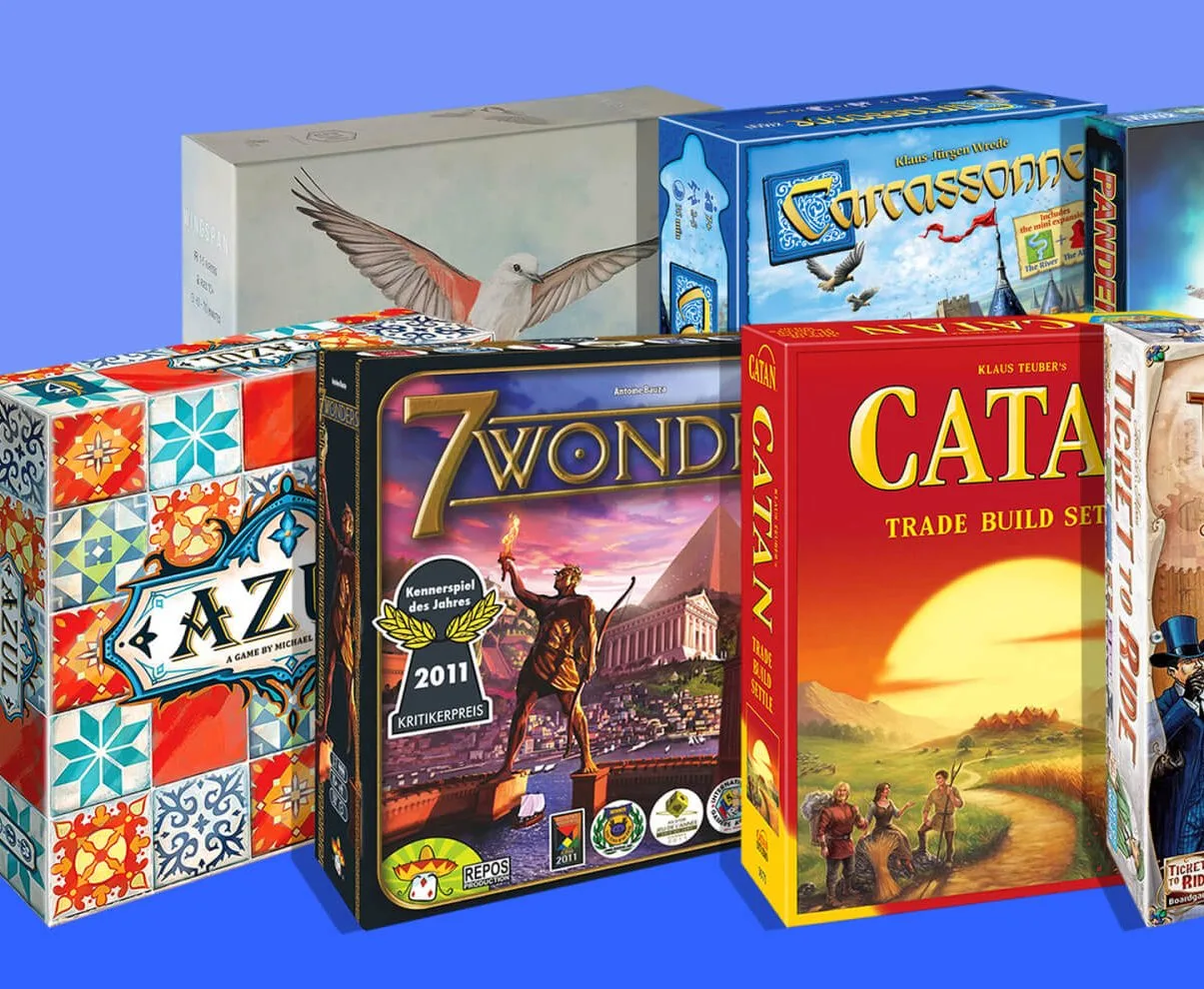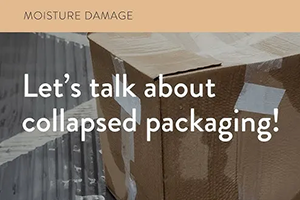Picture this: a crowded game store shelf, boxes crammed together, vying for attention like eager performers on opening night. In the vibrant world of tabletop gaming, your game’s box isn’t just a container—it’s your first chance to charm, to whisper promises of the epic adventures hiding inside.
A well-designed board game box can stop a curious browser in their tracks, protect your carefully crafted components, and carve out a unique spot for your brand in a sea of sameness. Whether you’re a passionate game creator dreaming of the next breakout hit or a procurement manager scouring for fresh board game packaging ideas, the stakes are high. A dull box could mean your masterpiece fades into the background, unnoticed.
So, let’s roll the dice and dive into 10 practical, game-changing game packaging tips tailored for B2B buyers and industry folks. Drawing from years of getting my hands dirty with paper packaging, I’m here to help you transform your tabletop game box design into a magnetic blend of quality and excitement. Buckle up—let’s make your game the one everyone reaches for!
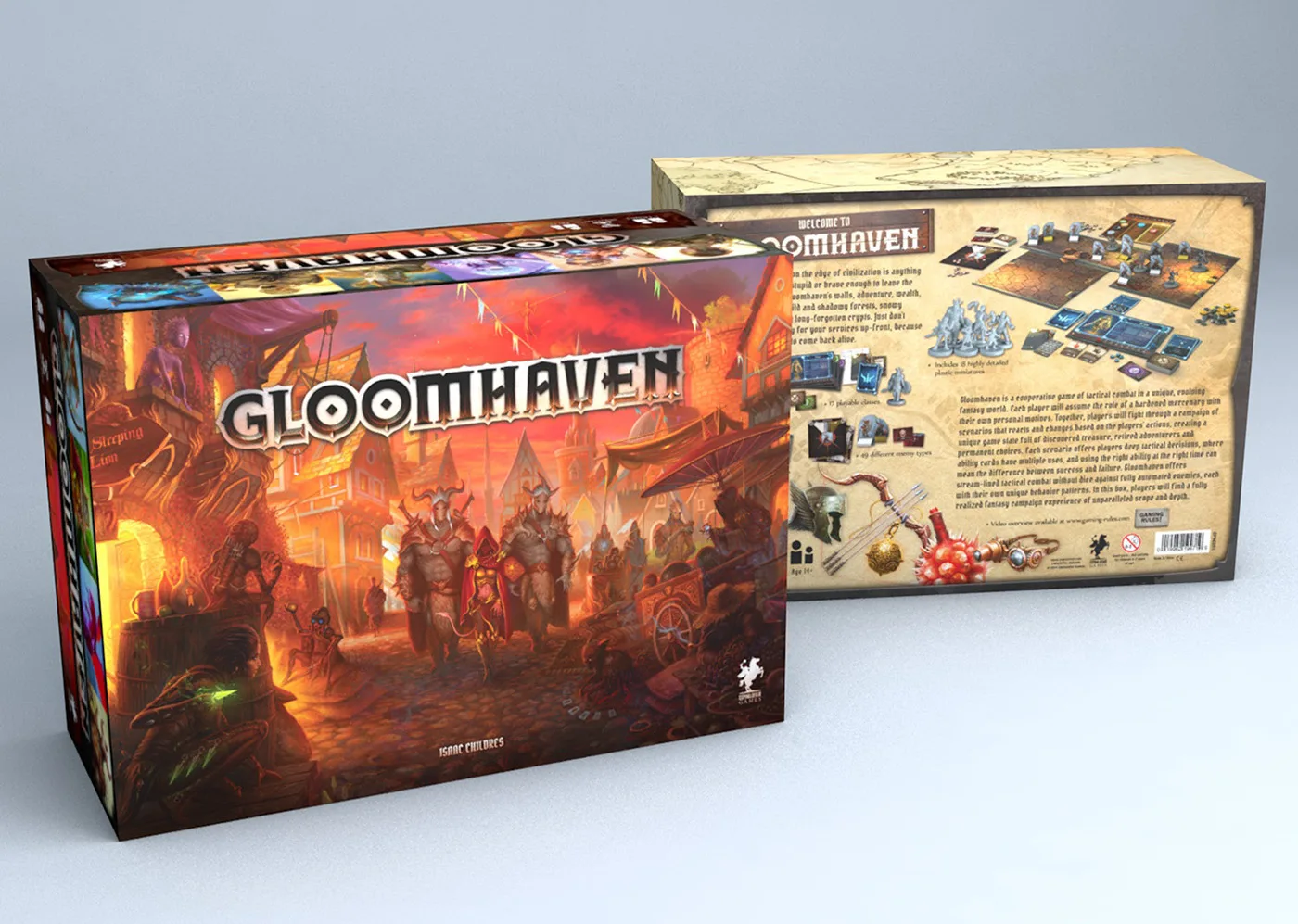
1. Match Your Box to the Soul of Your Game
First things first: your box should feel like an extension of your game’s heart. A sprawling fantasy saga deserves a hefty, treasure-chest-like box, rough and rugged, teasing at the riches within. Meanwhile, a sharp, minimalist card game might shine in a slim tuck box, easy to slip into a backpack for a quick round on the go.
I remember working on a medieval-themed project at C MIC Packaging where we went for a textured, heavy-duty design. The result? A jaw-dropping 30% spike in attention at a trade show. That’s the power of a theme—it’s not just flair, it’s a hook. And hey, tapping into trends like raw “Simplistic Scribbles and Etches” can give your packaging that handcrafted, authentic vibe, tying it even tighter to your game’s story.
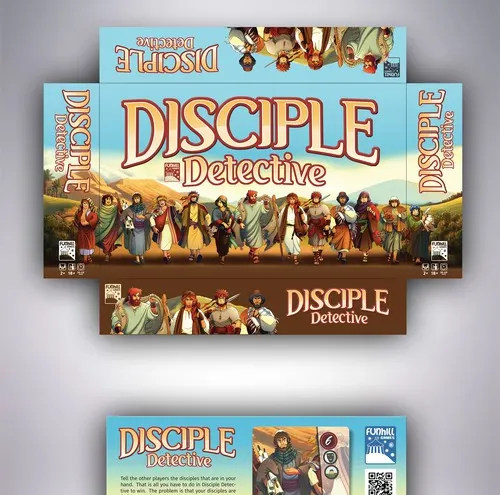
But it’s not all about looks. The box has to work as hard as it dazzles. Make sure it fits every component like a glove—no rattling pieces or wasted space. Go for player-friendly touches like lift-off lids or a satisfying magnetic snap, especially for games where folks dig in often, like legacy or co-op titles. A box that’s easy to use feels like a nod to quality. Plus, in the age of board game cafés and buzzing online communities, a striking, theme-soaked design can ignite social media chatter, pulling players into your world before they’ve even flipped the lid.
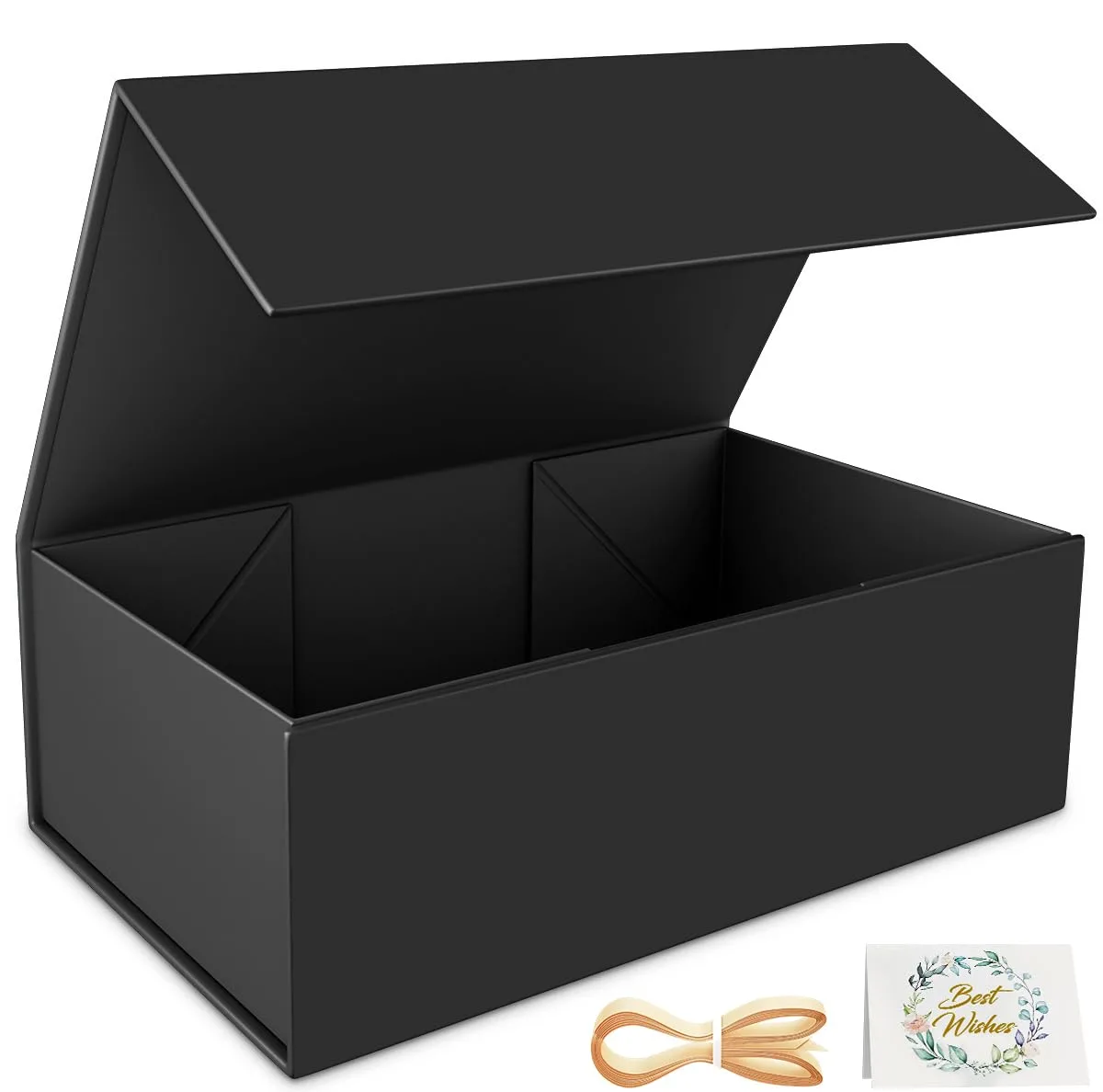
2. Pick Materials That Can Take a Beating
Let’s be real—your game box is in for a rough ride. From eager hands at game night to the bumpy road of shipping, it’s got to hold up. Sturdy game box materials like top-notch cardboard or rigid chipboard aren’t just options; they’re your armor against wear and tear. I’ve seen cheap boxes collapse after a handful of plays, leaving players annoyed and brands embarrassed.
Instead, go for solid paperboard (think 1.5–2mm thick) for premium titles, or corrugated layers for heavier hauls. Picture these materials as a trusty shield, standing firm against the chaos. At C MIC Packaging, we’re borderline obsessive with quality checks to ensure our materials endure, so you can rest easy knowing your game’s safe for the long haul.
High-quality cardboard, for instance, can handle up to 200 pounds of pressure—perfect for surviving transit and countless game nights. It often comes treated for moisture resistance, too, so no warping worries. Then there’s chipboard, the industry gold standard, blending cost, toughness, and a slick, premium feel. It outlasts regular cardboard under stress, keeping your box pristine session after session.
For heavier games or intricate pieces, thicker paperboard or specialty options like plastic or tin can crank up durability, though they’re pricier and often reserved for niche, high-end projects. Bottom line? Match your material to your game’s needs—family games for kids, say, need extra grit to withstand years of wild play. A tough box doesn’t just protect; it screams care and boosts the whole experience. For premium options, consider rigid boxes that combine durability with a luxurious presentation.
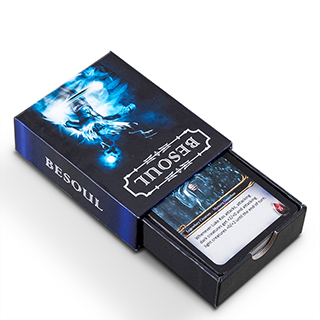
3. Turn Heads with a Shelf-Stealing Design
Your game box is a silent pitchman on a noisy shelf—it’s gotta shout to stand out! Bold visuals, punchy colors, and standout typography should scream your game’s vibe, whether it’s a goofy party game or a dark, brain-burning strategy beast. Think of it as a beacon cutting through the fog; without that visual punch, your game might just vanish into the clutter.
A glossy finish can make colors explode with life, while a matte look whispers classy restraint. And don’t forget the online jungle—your design needs to pop even as a tiny thumbnail on a packed digital marketplace. A killer tabletop game box design often clinches the sale before anyone reads the fine print.
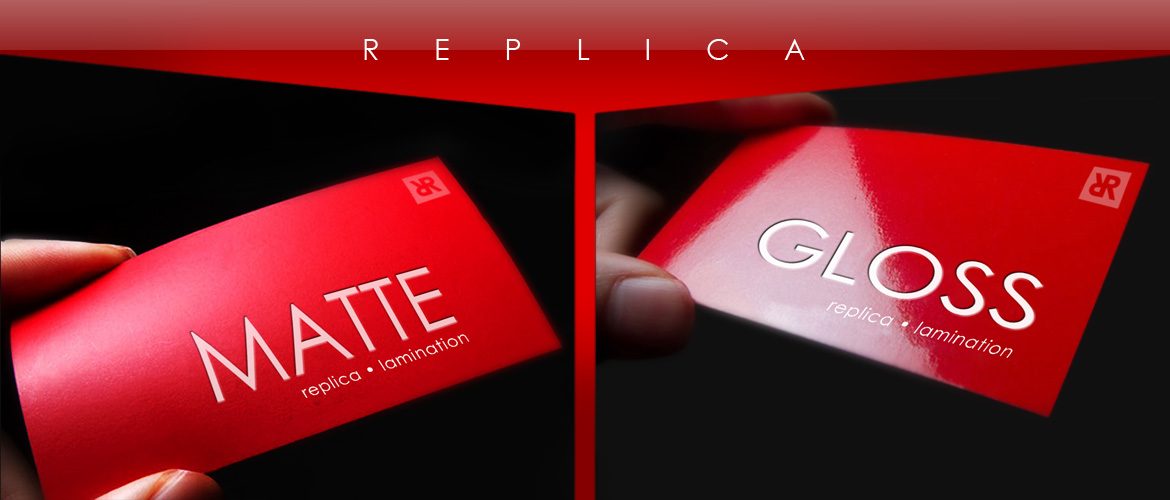
Getting this right means playing with hierarchy. Make the title and main artwork the stars—big, bold, front and center—to snag eyes instantly. Smaller bits, like player count, can tuck into quieter spots without stealing the show. Colors matter more than you’d think, too. Bright, cheerful shades say “family fun,” while moody, muted tones hint at serious strategy. It’s like setting the stage before the curtain lifts.

And in today’s world, digital clarity is everything—high-contrast designs and sharp fonts ensure your box catches attention, even on a phone screen. Throw in 3D visuals or in-action shots online, and you’re helping folks imagine the fun before they’ve bought in. First impressions stick, after all. Just look at iconic games with boxes that blend bold art and deep themes—they don’t just sit there; they beckon.
Oh, and a quick nod to sustainability: eco-friendly materials or slimmed-down packaging can win over green-minded buyers while keeping your design sharp. Blend visual wow with purpose, and your game won’t just blend in—it’ll demand to be picked up. For tailored solutions, explore custom printed board game packaging to elevate your design.
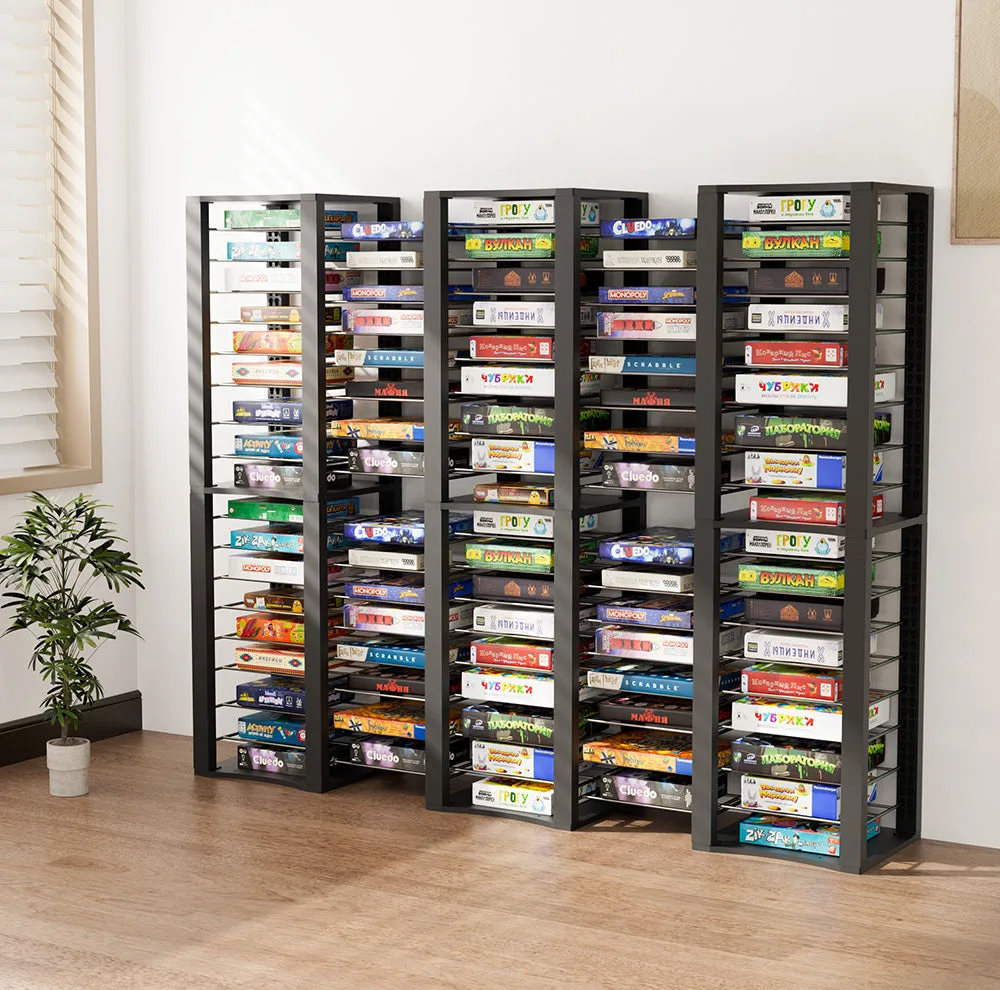
4. Keep Key Info Front and Center
A box that speaks clearly builds trust in a heartbeat. Slap on the must-know details—player count, age range, playtime—with clean fonts in spots that can’t be missed, like the front or top edge. Little icons, say a tiny clock for game length, can slice through busy designs like a hot knife. I had a client once who moved the age rating from the back to the front, and boom—sales jumped overnight. Clear info on your box is like a friendly guide, helping buyers know what’s inside, whether they’re browsing shelves or sorting out board game storage solutions.

Think about every angle, literally. Make sure key details stay readable whether the box is stacked flat or standing tall. Design the top and bottom for horizontal views, the sides for vertical—wherever it lands in a store or home, it should still shine. Weave those details into the theme, too. Tie player count into the artwork or use icons that match the game’s style, blending function with flair. It’s a small trick, but it pulls the eye right where you want it.
Clarity drives sales. When stuff like age range is upfront, hesitation melts away. Retail displays often show off the sides, so pop info there to stay in view, turning a casual glance into a buy. In a packed store, every side matters—cater to how games are shown, and your box won’t just attract; it’ll reassure, making buyers feel confident before they even crack it open.
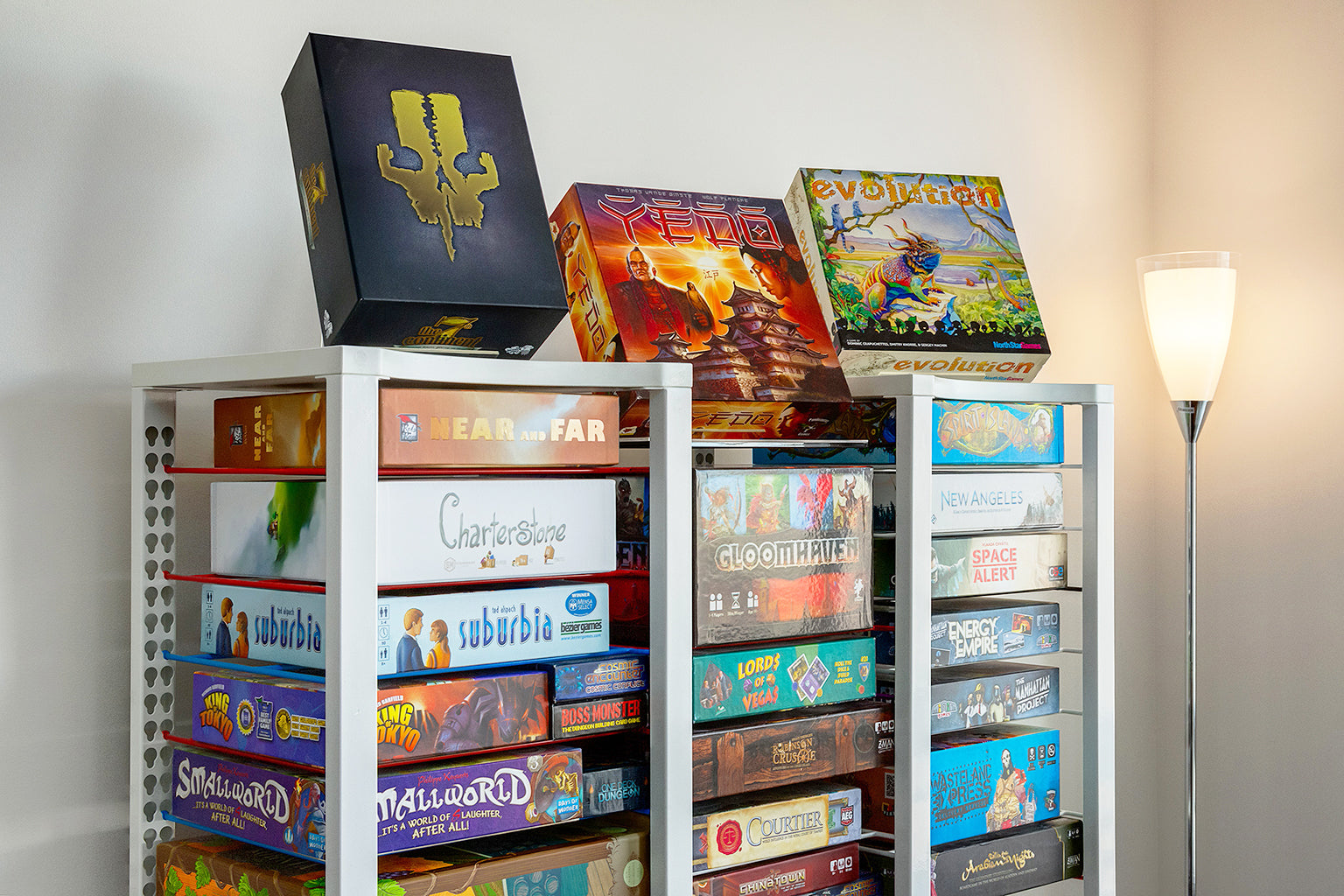
5. Nail the Inside Layout for Pure Simplicity
Inside your board game box, chaos is the real enemy. Master efficient board game box packing with custom inserts—cardboard, high-density foam, or molded plastic—to lock every piece in place. Imagine popping open a box where each token and card fits like a puzzle solved on the first try; that’s the unboxing thrill players live for. These tailored slots stop dice from rolling wild and keep cards crease-free, a must for games with fragile bits. At C MIC Packaging, we design inserts to slash setup time by grouping stuff logically, turning neatness into a game-changer for player ease and protecting board game components from dings.
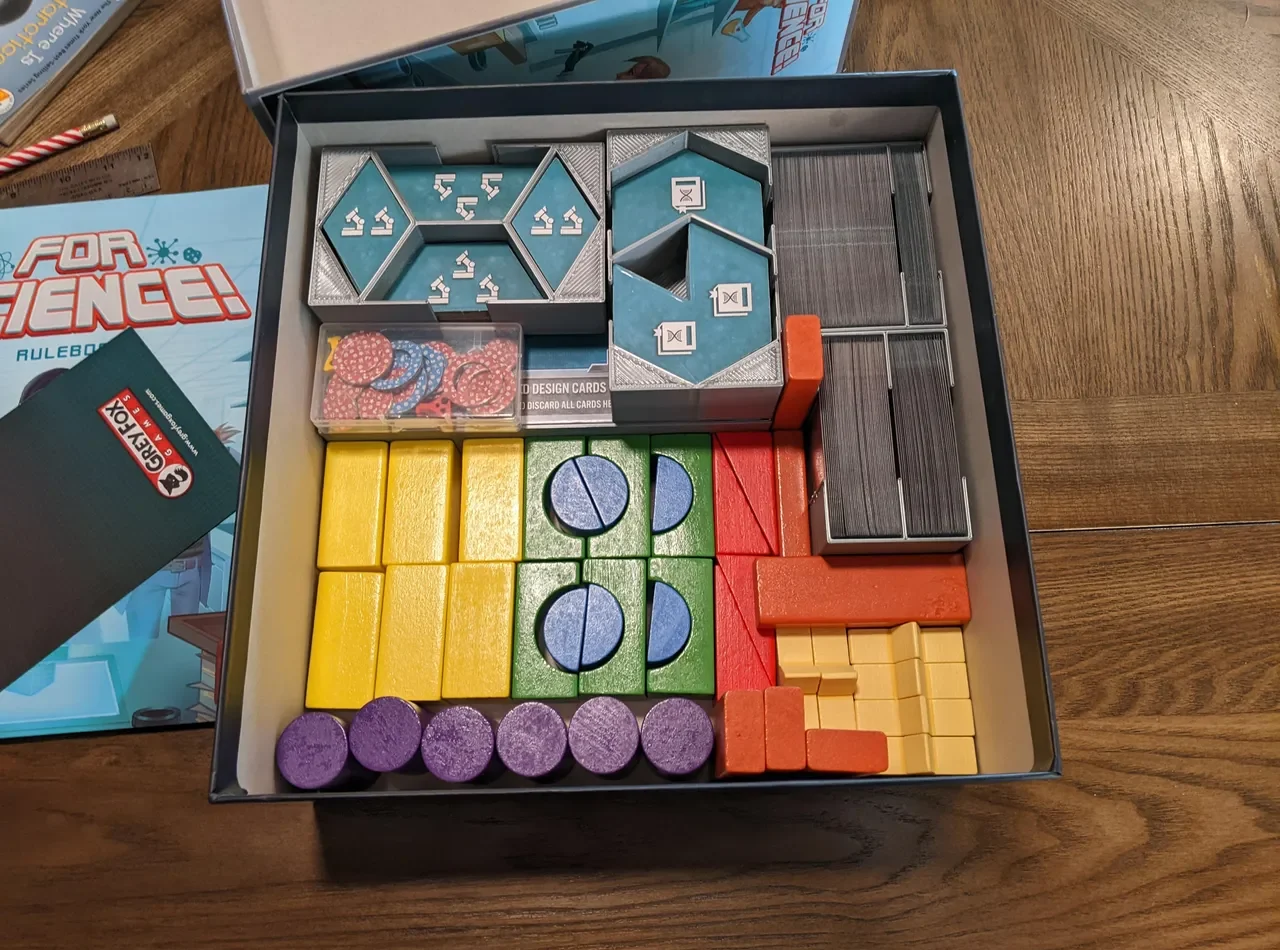
Material choice for inserts isn’t just geeky detail—it’s everything. High-density foam soaks up shocks, lasting through endless opens and closes, while molded plastic hugs each piece perfectly. It’s not just about safety; it’s about that satisfying feel of unpacking. Smart layouts, with separate spots for cards, tokens, and boards, make setup and cleanup a breeze, letting players jump straight into the action.
Look at hits like “Scythe” or “Terraforming Mars”—their custom inserts keep chaos at bay, speeding up play and oozing premium vibes. Gamers rave about how less mess means more fun. Sure, custom inserts might bump up costs a bit, but the payoff in happy players and safe pieces? Totally worth it. Balance cost and quality with clever options from places like Packhelp, and your box becomes a little vault of gaming joy.
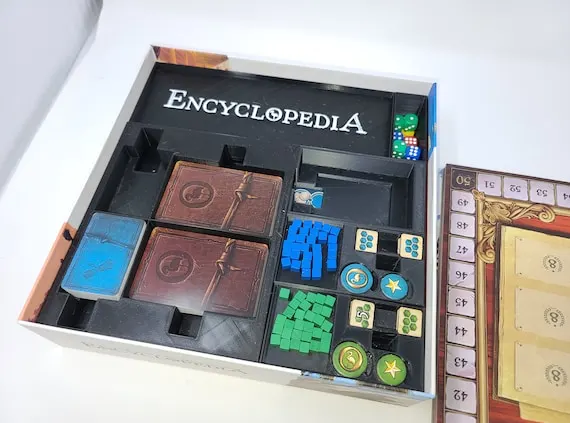
6. Hit the Sweet Spot with Box Size
Size matters more than you’d guess when crafting a game box. Too big, and you’re annoying store owners with stacking headaches while gamers struggle to haul it to game night. I’ve seen oversized boxes shoved to dusty corners of shops just because they didn’t fit right—don’t let that be your game. Focus on a streamlined game box design, packing components tight without fluff. A compact, travel-ready box feels like a trusty sidekick, always game-ready. Stick to standard sizes like 30x30cm (roughly 11.8×11.8 inches) for medium games to slot easily into store displays and players’ shelves.
Size isn’t just about convenience; it hits your wallet, too. A box that’s oversized jacks up production and shipping fees, while too small means cramming or extra packaging headaches. The Board Game Designers Forum notes swapping to a square box from a weirdly long one can shave off 80 cents per unit—a tidy saving. Gamers, per Board Game Geek surveys, often gripe about clunky, oversized boxes that are a pain to lug to meetups or conventions. They crave compact designs that still protect everything. Listening to that feedback makes your game a crowd-pleaser.
And don’t ignore ergonomics. A box that’s awkwardly heavy turns into a chore, especially with chunky components. A balanced, well-sized one, though, feels effortless to carry. Smaller boxes also cut material waste, aligning with eco-trends that gamers care about more every day. Pairing with green-focused partners can boost that appeal. Look at “Pandemic” or “Ticket to Ride”—their boxes nail the balance of space and portability, part of why they’re fan favorites. Get the size right, and your box isn’t just a holder; it’s a seamless part of the gaming journey.
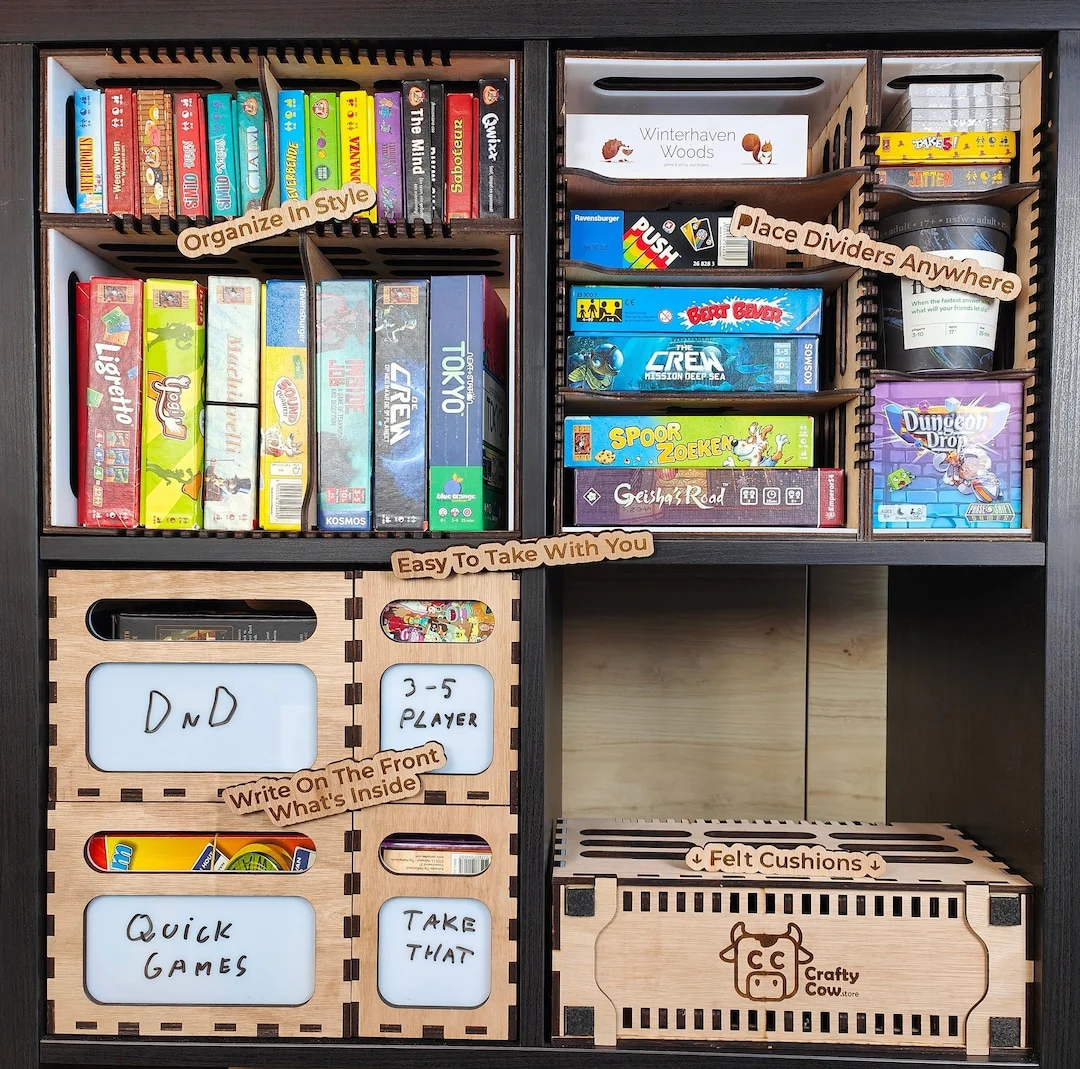
7. Play the Long Game with Eco-Friendly Packaging
Sustainability isn’t a buzzword—it’s a movement that’s here to stay. Eco-conscious packaging for board games, like recycled cardboard or biodegradable coatings, clicks with players who care about the planet, syncing up with big-picture environmental pushes. I once nudged a client toward FSC-certified materials, and their fans ate it up, lifting the brand’s cred. It felt like planting trees with every box, a small win for a greener world. At C MIC Packaging, we’re all about sustainable picks that don’t skimp on strength, proving you can protect your game and Mother Earth in one swing.
Beyond the usual, creators are jumping on biodegradable plastics from stuff like corn starch or sugarcane, breaking down faster than old-school plastics to ease environmental strain. Soy-based inks are another game-changer, cutting nasty emissions while keeping prints pop. Minimalist designs, trimming excess, make a difference too—take “Green Planet Adventure” with its tight, waste-slashing box.
Even nudging players to recycle via rulebook notes or opting for sustainable seals over plastic wrap adds up. It’s all these little moves, woven together, that shout green commitment to eco-savvy fans. Learn more about the environmental impact of sustainable packaging to align with these values.
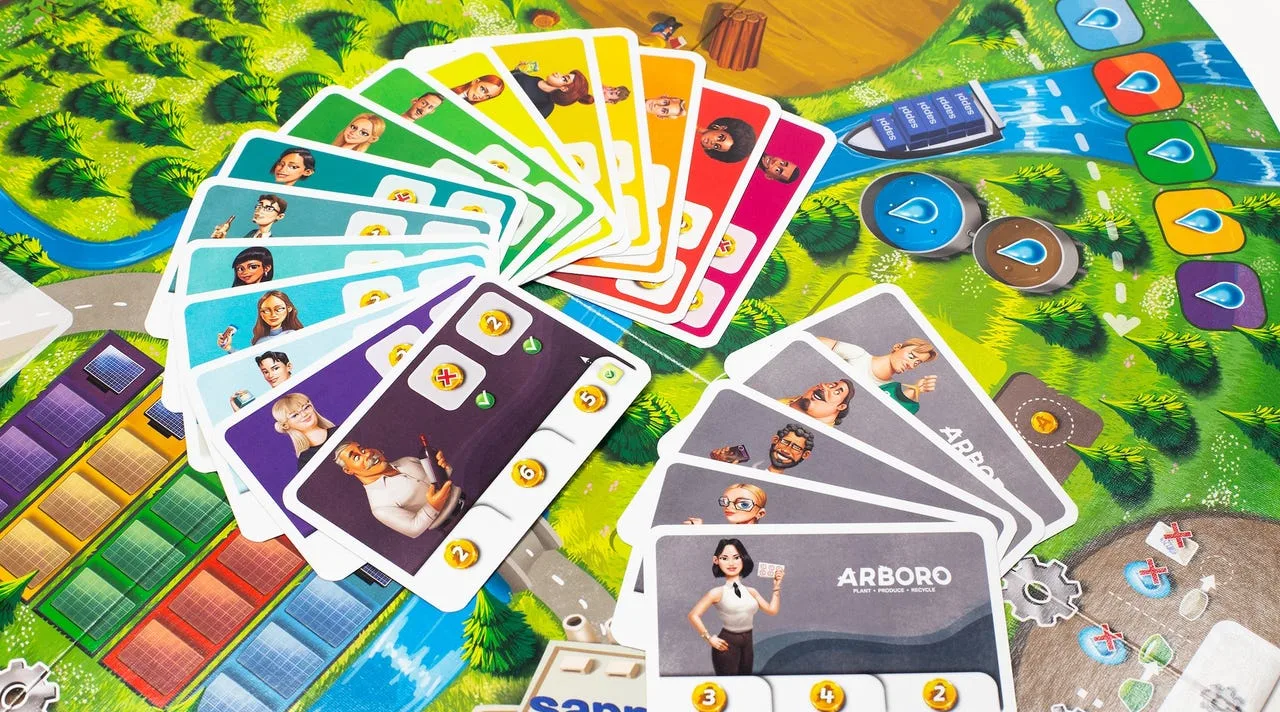
8. Build Your Brand with a Unified Look
Your box isn’t just packaging—it’s a story waiting to unfold. Weave logos, color vibes, and thematic art across every inch for instant “that’s them!” recognition. Think of “Carcassonne” with its medieval charm wrapping the whole box; it sparks intrigue before you even touch it. I once worked with a startup to add subtle foil-embossed logos, and that luxe shimmer had folks hooked. Little custom board game box features like that create a real bond with players. Consistency isn’t just pretty—it’s a badge of trust and polish.
Design can tug at heartstrings, too. A creepy sketch on “Betrayal at Baldur’s Gate” sets a chilling mood straight from the shelf. Smart logo placement, like in “Settlers of Catan,” blends into the art without overpowering it. Test your look for vertical storage—make sure it pops whether flat or upright in a crowded collection. Color psychology seals the deal: bright “Sushi Go!” tones ooze fun, while “Gloomhaven”’s dark palette hints at grit. Team up with pros on platforms like 99designs to sharpen your vision, or peek at classics like “Monopoly” for timeless inspo. Nail that unified vibe, and your box becomes a brand beacon, begging to be explored. For deeper insights, check out how to build a consistent brand identity through packaging.
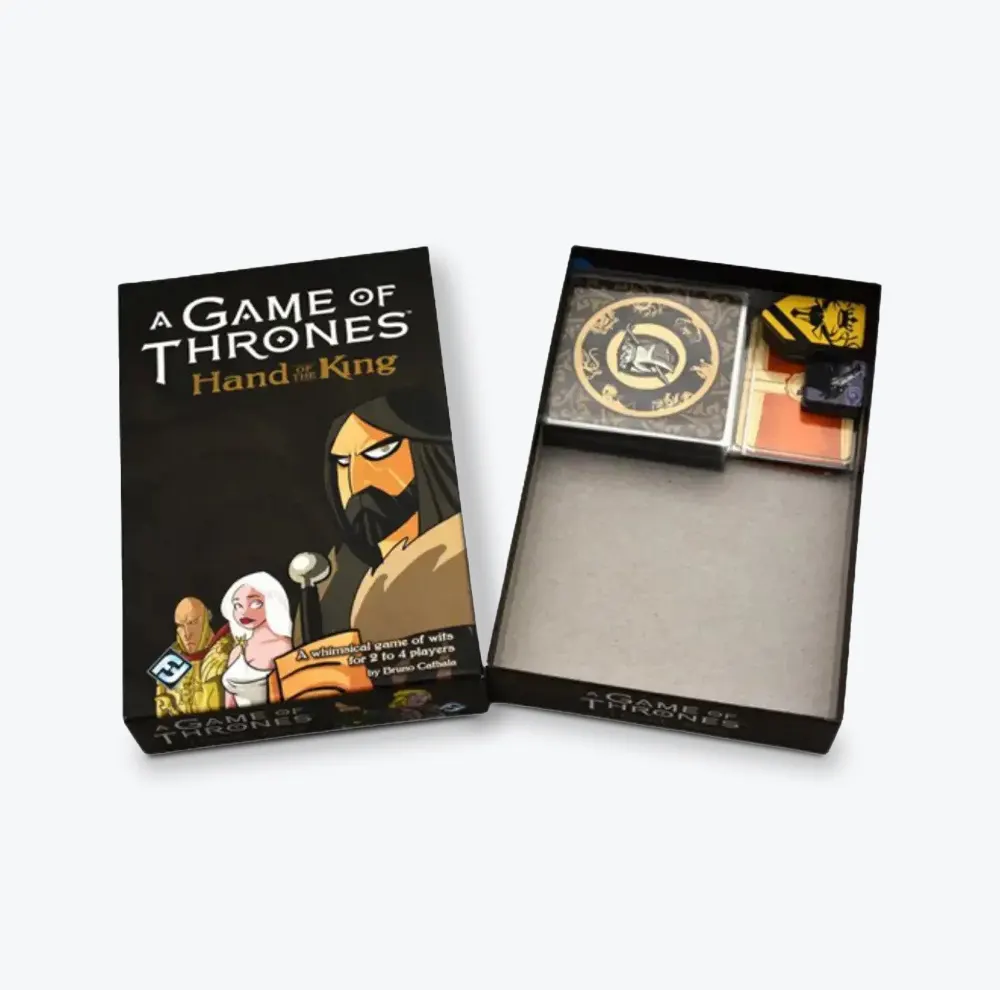
9. Secure Your Game for the Shipping Gauntlet
Shipping is a battlefield, but you can armor up your game box to survive. Pad it out with bubble wrap or custom foam inserts, leaving a 1-inch cushion in cartons to soak up jolts. I’ve seen weak packaging lead to dented corners and slashed profits—such a gut punch when it’s avoidable. Shrink wrap or plastic sleeves fend off humidity, while “Fragile” labels nudge handlers to play nice.
For delicate bits like miniatures, tailored foam inserts cradle each piece like a custom nest. Shock-absorbing foams or inflatable padding add extra muscle against transit bumps. Climate tricks like silica gel packs keep things stable in wild conditions. High-volume shippers, take note—automated systems streamline padding and sealing with precision. Peek at “Gloomhaven” for multi-layer protection inspo, and use color-coded labels to flag fragility. Chat with customers on delivery condition and run quality checks to tighten weak spots. Stack these tactics, and your game will land pristine, ready to wow from the first peek.
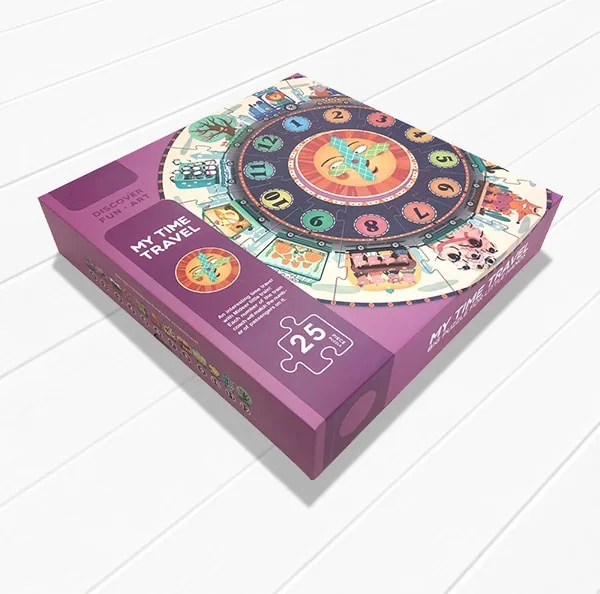
10. Create Unboxing Magic with Standout Details
Unboxing is a blink-and-you-miss-it moment, but oh, it can stick forever. Make it unforgettable with unique board game box elements. Imagine embossing that feels like brushing an ancient artifact, or a magnetic closure with a click so crisp it sparks goosebumps—I’ve seen it ignite excitement on a project firsthand. These tiny flourishes light a fire of anticipation way before the rules are read. They hint at craftsmanship, bumping up how much folks value your game. A killer unboxing can turn a one-time buyer into a die-hard fan.
Pump up the dazzle with holographic foil that shimmers or lenticular prints flashing 3D tricks as you tilt the box. A sci-fi game in a spaceship-shaped box? Instant shelf-grabber. Hidden compartments with secret art or pieces thrill like buried treasure, as user experience gurus note—these joys stick with players.
Balance that luxe feel with green choices like biodegradable foils to keep eco-fans on board. A box that stuns while staying mindful isn’t just packaging; it’s the first step into your game’s universe, setting a tone that resonates deep. If you’re ready to elevate your design or have questions, don’t hesitate to reach out for tailored solutions.
